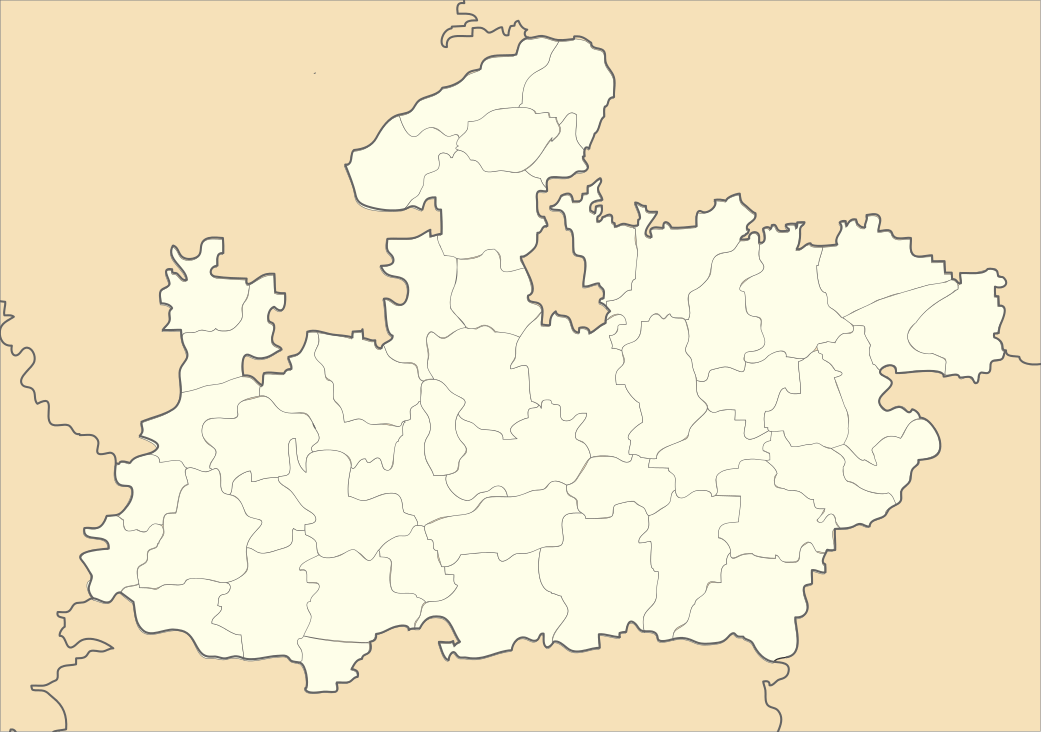Porsa
| Porsa | |
|---|---|
| city | |
| Nickname(s): Nagaji Dham Porsa | |
 Porsa  Porsa Location in Madhya Pradesh, India | |
| Coordinates: 26°40′N 78°22′E / 26.67°N 78.37°ECoordinates: 26°40′N 78°22′E / 26.67°N 78.37°E | |
| Country |
|
| State | Madhya Pradesh |
| District | Morena |
| Elevation | 1,054 m (3,458 ft) |
| Population (2010) | |
| • Total | 37,824 |
| Languages | |
| • Official | Hindi |
| Time zone | IST (UTC+5:30) |
Porsa is a city and a municipality in the Morena district of the Indian state of Madhya Pradesh.
Geography
Porsa is a small city situated at the centre of a triangle formed by Morena, [[Dholpur]and [Bhind]], with an average elevation of 5,000 metres (16,000 ft). The main businees centres of the town are: Bargad Chauraha, Imali Chaok, Sadar Bazaar, Dr. Kadaka Wali Gali, Dhaneta Road and Ater Road Tiraha. Porsa is known for its Nagaji Maharaj Temple therefore it is also known as "NAGAJI DHAM PORSA". There is also a large pond beside the temple. There are many stories about the Hindu Guru Sri Nagaji Maharaj, who was a follower of "Naga Lineage". At each poornima (full moon) many people visit this holy shrine and prostrate themselves at the feet of Nagaji Maharaj. This fair or mela is the way of remembering and paying respect to Nagaji Maharaj, who lived in Porsa during the period of the Mughal Emperor Akbar (1542–1605). Local residents from nearby villages gathers at the shrine every winter (November–December) and arrange marriages for as long as a month. Earlier donkeys were sold at this fair, but now domestic animals are more popular. Usually on Monday people assemble on Ater Road at the outskirts of Porsa, to buy and sell domestic animals including cows, buffaloes, sheep, goats and sometimes camels.Shakhwar Dharmshal situated in main market porsa Morena
Demographics
As of 2001 India census,[1] Porsa had the population of more than 50,000. 56% of them were male and 44% females. In Porsa, 17% of the population is under six years of age. The literacy rate of the town is 68% which is higher than the national average of 59.5%. Male literacy rate is 75% while 56% of females are literate, which clearly reflects the national trend of lower educational level in females.
References
- ↑ "Census of India 2001: Data from the 2001 Census, including cities, villages and towns (Provisional)". Census Commission of India. Archived from the original on 2004-06-16. Retrieved 2008-11-01.